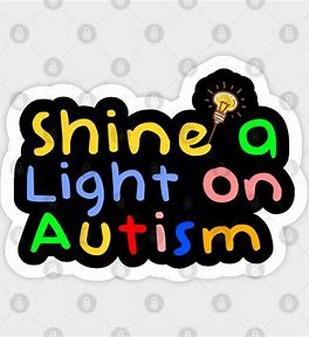Before looking for an intervention, treatment or educational program, prioritize your child’s ‘needs’ and prioritize your ‘wants’.
In other words…
What are the most concerning
and/or harmful things going on
right now in your child’s world?
Guard against becoming convinced that a program is going to ‘fix’ your child’s autism.
< My Thoughts > “…finding the ‘right one’…”
The goal is finding the right ‘intervention’, regardless of what it’s called – treatments aka services, aka programs, aka therapies, aka interventions. Again, prioritizing your wants and needs, and your child’s wants and needs are a necessary ‘first’. Try asking for a ‘trial period’.
Even if your child hasn’t been diagnosed yet, s/he may be eligible for Early Intervention Services. The IDEA Law says that children under the age of 3 years old who are at-risk for having developmental delays may be eligible for services.
Carefully consider the cost and time involved for your child and your family. Fully understand your obligations. Some programs/treatments are expensive, so understand your child well enough to know what things may work and what may not. While you are waiting, try to discover who your child is behind the autism. There is danger in believing that ‘one-program-fits-all’ because each child is so different in their abilities and their challenges. That’s just a reality. That is ‘autism’.
When trying to get to know the child behind the autism, understand that s/he may be showing symptoms of more than one problem, challenge, or disorder. Misdiagnosis can result in your child receiving unnecessary or inappropriate services.
Over-diagnosis can also have negative consequences. Some tests provide overlapping information and that’s okay, because clinicians will know how to sort everything out. Guard against becoming convinced that a program is going to ‘fix’ your child’s autism.
three ‘behavior’ priorities –
- First priority: Temper tantrums & life-threatening behavior; such as hitting, throwing objects, jumping from high places, running into the street, or refusing to eat.
- Second priority: Learning sitting skills. Without this skill the child cannot sit to eat, or to learn, or use the toilet.
- Third priority: Dealing with unusual or bizarre habits which may result in social isolation. Such as – Pervasive repetition of activities, self-stimulatory behavior, production of unusual sounds, and/or severely restricted interests.
< My Thoughts > “…Priorities…”
Families learning to rate their priorities in terms of the child’s needs becomes critical. Know that the word ‘treatment’ is used loosely in the programs most companies and organizations present. Also, the term ‘therapist’ or ‘specialist’ or ‘whomever’ they tell you will be working with your child, may be skilled and accredited with their program, but know little about ‘autism’ itself.
Knowing what you and your child will respond to best, as well as what may be a possible ‘deal breaker’ is also critical. These results will hopefully, make it easier to find ways to help your child lead a more productive and independent life.
This week you will find the following additions ~
Book Index – Know Your Child – Know Autism: With My Thoughts by Sara Luker
7 UNIT 7 – 0 Who Can Help?
CHAPTER 1 – INSTRUCTIONAL PROGRAMS & TREATMENTS
INTRODUCTION
APPENDIX
CHAPTER 2 – TRADITIONAL THERAPIES
INTRODUCTION
APPENDIX
CHAPTER 3 – NONTRADITIONAL THERAPIES
INTRODUCTION
APPENDIX
CHAPTER 4 – MORE NONTRADITIONAL THERAPIES
Unit 7 – 1 CAMs
Section 1: Introduction, Medication & Dietary Approaches
Unit 7 – 2 CAMs
Section 2: ABA, CBT, DIR, OT, PECS
Unit 7 – 3 CAMs
Section 3: RDI, SPD, ST, TEAACH
Unit 7 – 4 CAMs
Section 4: CAMs Complementary & Alternative Medicine
///

 RSS Feed
RSS Feed